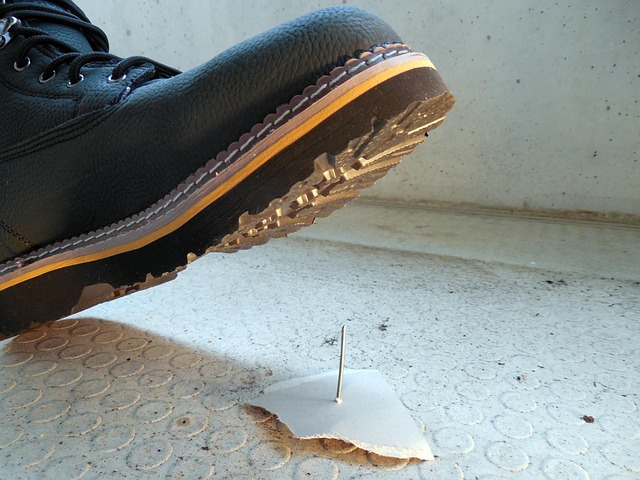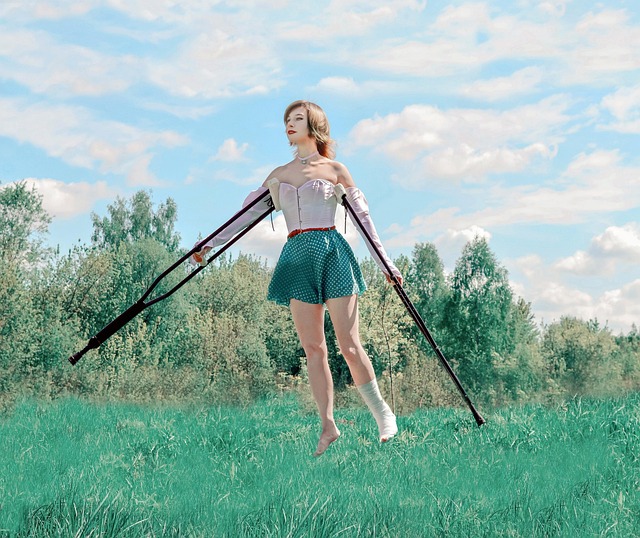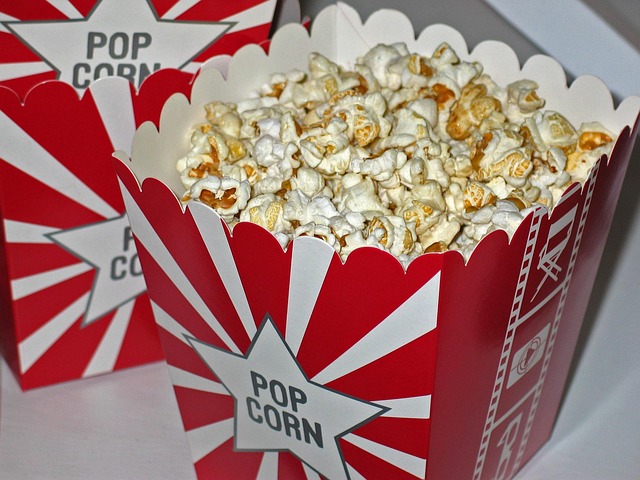
Stuffed Animals
Understanding Stuffed Animals
Stuffed animals, often referred to as plush toys, have been a staple in children's lives for generations. These soft, huggable companions serve various purposes, from providing comfort to sparking imaginative play. In this article, we will explore the different types of stuffed animals, their benefits, and considerations for choosing the right one.
Types of Stuffed Animals
Stuffed animals come in a wide variety of shapes, sizes, and themes. Here are some common categories:
- Teddy Bears: Perhaps the most iconic type of stuffed animal, teddy bears are often seen as a symbol of comfort and companionship.
- Animal Plushies: These include a range of animals, from dogs and cats to exotic creatures like lions and elephants. They can be realistic or cartoonish in design.
- Fantasy Creatures: Stuffed animals can also take the form of mythical beings, such as unicorns, dragons, and fairies, appealing to children's imaginations.
- Character Plushies: Many popular characters from movies, TV shows, and books are available as stuffed animals, allowing children to connect with their favorite stories.
Benefits of Stuffed Animals
Stuffed animals offer several advantages for children:
- Emotional Support: They provide comfort during stressful times, such as starting school or dealing with changes at home.
- Imaginative Play: Stuffed animals encourage creativity, allowing children to create stories and scenarios, enhancing their cognitive development.
- Social Skills: Playing with stuffed animals can help children develop empathy and social skills as they engage in role-playing and nurturing behaviors.
- Security: Many children form attachments to their stuffed animals, which can serve as a source of security, especially during bedtime.
Choosing the Right Stuffed Animal
When selecting a stuffed animal, consider the following factors:
- Age Appropriateness: Ensure the toy is suitable for the child's age. For younger children, opt for plush toys without small parts that could pose a choking hazard.
- Material Quality: Look for high-quality materials that are safe and durable. Many brands offer hypoallergenic options, which can be beneficial for children with allergies.
- Washability: Stuffed animals can get dirty, so choose ones that are machine washable or easy to clean.
- Personal Preference: Allow the child to choose their stuffed animal based on their interests, whether it’s a specific animal or a character they love.
Popular Brands and Options
Several brands are well-known for their quality stuffed animals:
- Build-A-Bear Workshop: Offers customizable stuffed animals, allowing children to create their unique companions.
- Gund: Known for its high-quality plush toys, Gund offers a variety of classic and contemporary designs.
- Melissa & Doug: This brand provides a range of stuffed animals that are both educational and fun, often featuring unique designs.
- Ty Inc.: Famous for Beanie Babies, Ty offers a wide selection of plush toys that are collectible and appealing to children.
Conclusion
Stuffed animals play a significant role in childhood development, offering comfort, encouraging imaginative play, and helping children develop social skills. When choosing a stuffed animal, consider the child's age, preferences, and the toy's quality. With a vast array of options available, there is a perfect stuffed animal for every child.

















 Kingmakers by Sophie Lark
Kingmakers by Sophie Lark 
 Health
Health  Fitness
Fitness  Lifestyle
Lifestyle  Tech
Tech  Travel
Travel  Food
Food  Education
Education  Parenting
Parenting  Career & Work
Career & Work  Hobbies
Hobbies  Wellness
Wellness  Beauty
Beauty  Cars
Cars  Art
Art  Science
Science  Culture
Culture  Books
Books  Music
Music  Movies
Movies  Gaming
Gaming  Sports
Sports  Nature
Nature  Home & Garden
Home & Garden  Business & Finance
Business & Finance  Relationships
Relationships  Pets
Pets  Shopping
Shopping  Mindset & Inspiration
Mindset & Inspiration  Environment
Environment  Gadgets
Gadgets  Politics
Politics 